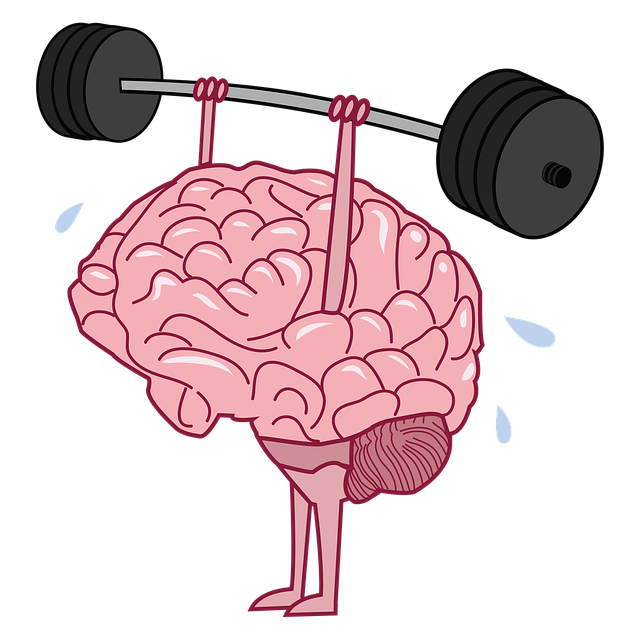Maintaining good posture is crucial for holistic health, preventing long-term discomforts. Yoga, core workouts, chiropractic adjustments, and ergonomic workplace changes are effective posture and alignment solutions. Techniques like yoga for posture, pilates for alignment, and alignment therapy improve flexibility, strength, and balance. Ergonomic workspace tips and posture support braces provide temporary relief while core strengthening routines lead to lasting results. Consistent practice is key to achieving and maintaining optimal posture through these diverse posture correction exercises.
Posture is more than just an aesthetic concern; it’s a cornerstone of overall health. Poor posture can lead to chronic pain, headaches, and even cardiovascular issues over time. This comprehensive guide explores effective guided programs to improve posture naturally and medically. From yoga for posture and ergonomic workspace tips to core strengthening routines, we delve into non-invasive techniques. Additionally, we discuss medical approaches like chiropractic adjustments and Pilates, along with the use of assistive tools like posture support braces.
- Understanding Posture and Its Impact on Overall Health
- Exploring Non-Invasive Posture Correction Techniques
- – 2.1 Posture and Alignment Solutions: Yoga for Posture
- – 2.2 Ergonomic Workspace Tips to Support Better Posture
Understanding Posture and Its Impact on Overall Health

Good posture isn’t just about looking presentable; it’s a cornerstone of overall health and well-being. Poor posture can lead to muscle strain, back pain, headaches, and even digestive issues. It can also contribute to long-term joint damage and reduce lung capacity, making everyday activities more challenging. By understanding the importance of correct posture and alignment, individuals can begin to appreciate the profound impact that proactive solutions can have.
Posture and alignment solutions range from simple exercises like stretching and strengthening routines (think yoga for posture or core strengthening workouts) to more targeted approaches such as chiropractic adjustments and ergonomic workspace tips. Even specialized gear like posture support braces can provide much-needed assistance, giving your body the guidance it needs to achieve and maintain optimal alignment. These holistic methods work together to realign the body, relieve pressure on vulnerable areas, and promote a sense of balance and stability both in motion and at rest.
Exploring Non-Invasive Posture Correction Techniques

Non-invasive techniques offer a gentle and effective approach to improving posture and alignment. Yoga, for instance, is renowned for its ability to strengthen muscles while promoting flexibility, leading to better postural awareness. Pilates is another popular choice, focusing on core strengthening routines which support better posture. Chiropractic adjustments can also play a crucial role in realigning the spine and alleviating related issues.
Ergonomic workspace tips are essential considerations for those spending long hours at a desk. Utilizing standing desks, adjusting monitor placement, and incorporating breaks for stretching can significantly impact overall posture. Posture support braces provide external assistance, offering temporary relief while core muscles strengthen over time. Alignment therapy, encompassing various exercises and techniques, targets specific muscle groups to achieve balanced and efficient postural alignment.
– 2.1 Posture and Alignment Solutions: Yoga for Posture

Maintaining good posture is essential for overall well-being and preventing long-term issues. Among various solutions, yoga stands out as a holistic approach to addressing both posture and alignment. The gentle yet effective stretches and poses in yoga routines help lengthen compressed spine segments, release tight muscles, and improve flexibility. By focusing on core strengthening exercises, such as plank holds and cat-cow poses, individuals can build the muscular support needed for optimal posture.
Incorporating ergonomic workspace tips into daily routines complements the benefits of physical activities like yoga. Proper chair positioning, keyboard and mouse placement, and regular breaks from sedentary tasks contribute to maintaining aligned postures during work or study. Chiropractic adjustments can also play a significant role in correcting postural imbalances while providing relief from associated pain. Together, these posture and alignment solutions create a multi-faceted strategy for achieving and sustaining improved posture over time.
– 2.2 Ergonomic Workspace Tips to Support Better Posture

Maintaining good posture isn’t just about looking good; it’s essential for overall health and well-being. When considering ergonomic workspace tips, small adjustments can make a significant difference in your posture and alignment solutions. Start by evaluating your current setup: ensure your desk and chair are at heights that support a neutral spine position. A good rule of thumb is to adjust your chair so your feet rest flat on the floor, knees level with or slightly lower than your hips. Incorporate yoga for posture and core strengthening routines into your daily routine to enhance stability and flexibility.
Don’t underestimate the power of alignment therapy and chiropractic adjustments; these professional interventions can provide targeted relief and realign your body for better posture correction exercises. Consider using posture support braces as a temporary aid, especially during periods of increased physical activity or when sitting for extended periods. Remember, consistent practice is key to achieving lasting results. Incorporate Pilates for alignment, focusing on strengthening your core muscles, which play a vital role in maintaining proper posture and preventing future issues.
Guided programs that combine various techniques like yoga for posture, ergonomic workspace tips, core strengthening routines, and even chiropractic adjustments offer a holistic approach to improving posture over time. By incorporating these posture correction exercises and alignment therapy methods, individuals can achieve better overall health and comfort. Whether through proactive measures like posture support braces or reactive treatments such as pilates for alignment, there are solutions available to suit diverse needs and preferences. Remember that consistent practice is key to maintaining improved posture and aligning your body for optimal well-being.
